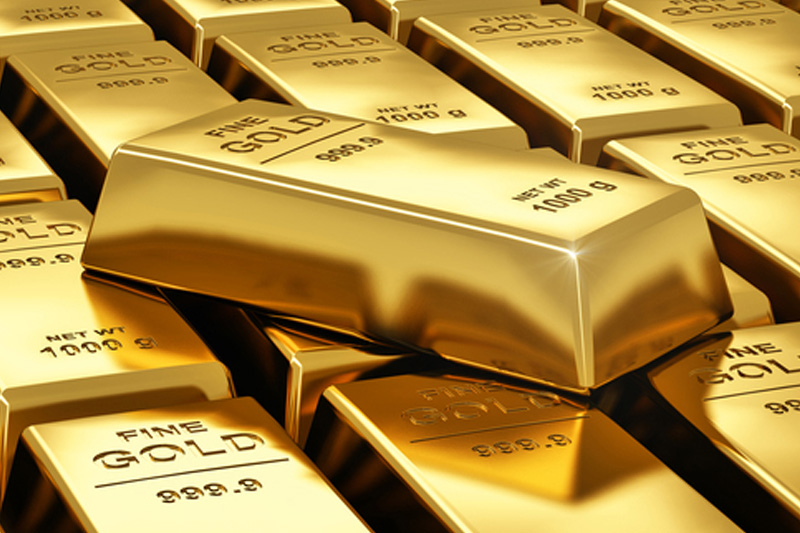Investing.com -- Gold futures surged more than $20 an ounce amid a weaker dollar on Wednesday, as soft U.S. inflation data reinforced dovish arguments for a delayed interest rate hike by the Federal Reserve.
On the Comex division of the New York Mercantile Exchange, gold for December delivery traded in a broad range between $1,103.10 and $1,123.70 an ounce before settling at $1,123.10, up $20.50 or 1.87% on the session. It marked the precious metal's strongest one-day move in more than a month. With Wednesday's surge, gold has now increased in value by more than 0.75% over the last month of trading.
Gold likely received support at $1,105.50, the low from Sept. 10 and was met with resistance at $1,144.70, the high from Sept. 1.
On Wednesday morning, the U.S. Bureau of Labor Statistics (BLS) said its Consumer Price Index (CPI) for August fell by 0.1% on a monthly basis, amid sharp declines in energy and airfare prices. Analysts expected monthly CPI to remain unchanged from its July level. On a year-over-year basis, the Consumer Price Index increased by 0.2% following a 0.2% gain last month.
Core CPI, which strips out food and energy prices, also experienced muted gains. In August, Core CPI increased by 0.1% on a monthly basis, below analysts' expectations for a 0.2% gain. Over the last 12 months, the core reading is up by 1.8% -- following a similar yearly increase in July. The reading falls slightly below the Fed's long-term targeted goal of 2% inflation. In July, the Core PCE Index, the Fed's preferred gauge for long-term inflation, stood at 1.2%.
When the Federal Open Market Committee (FOMC) releases a statement from its September monetary policy meeting on Thursday afternoon, the Fed could raise its benchmark Federal Funds Rate for the first time in nearly a decade. The rate, which banks use to lend to other institutions on overnight loans, has remained at its current level between zero and 0.25% since December, 2008.
Last month, Fed vice chairman Stanley Fischer indicated that there is good reason to believe that inflation will move higher as the temporary forces restraining it from a stronger dollar and falling energy prices continue to "dissipate further." Gold, which is not attached to dividends or interest rates, struggles to compete with high-yield bearing assets in periods of rising rates.
The U.S. Dollar Index, which measures the strength of the greenback versus a basket of six other major currencies, fell more than 0.40% on Wednesday to an intraday low of 95.30, before rising slightly to 95.36 in U.S. afternoon trading. Dollar-denominated commodities such as gold become more expensive for foreign purchasers when the dollar appreciates.
Silver for December delivery jumped 0.599 or 4.18% to 14.925 an ounce.
Copper for December delivery gained 0.026 or 1.06% to 2.452 a pound.
